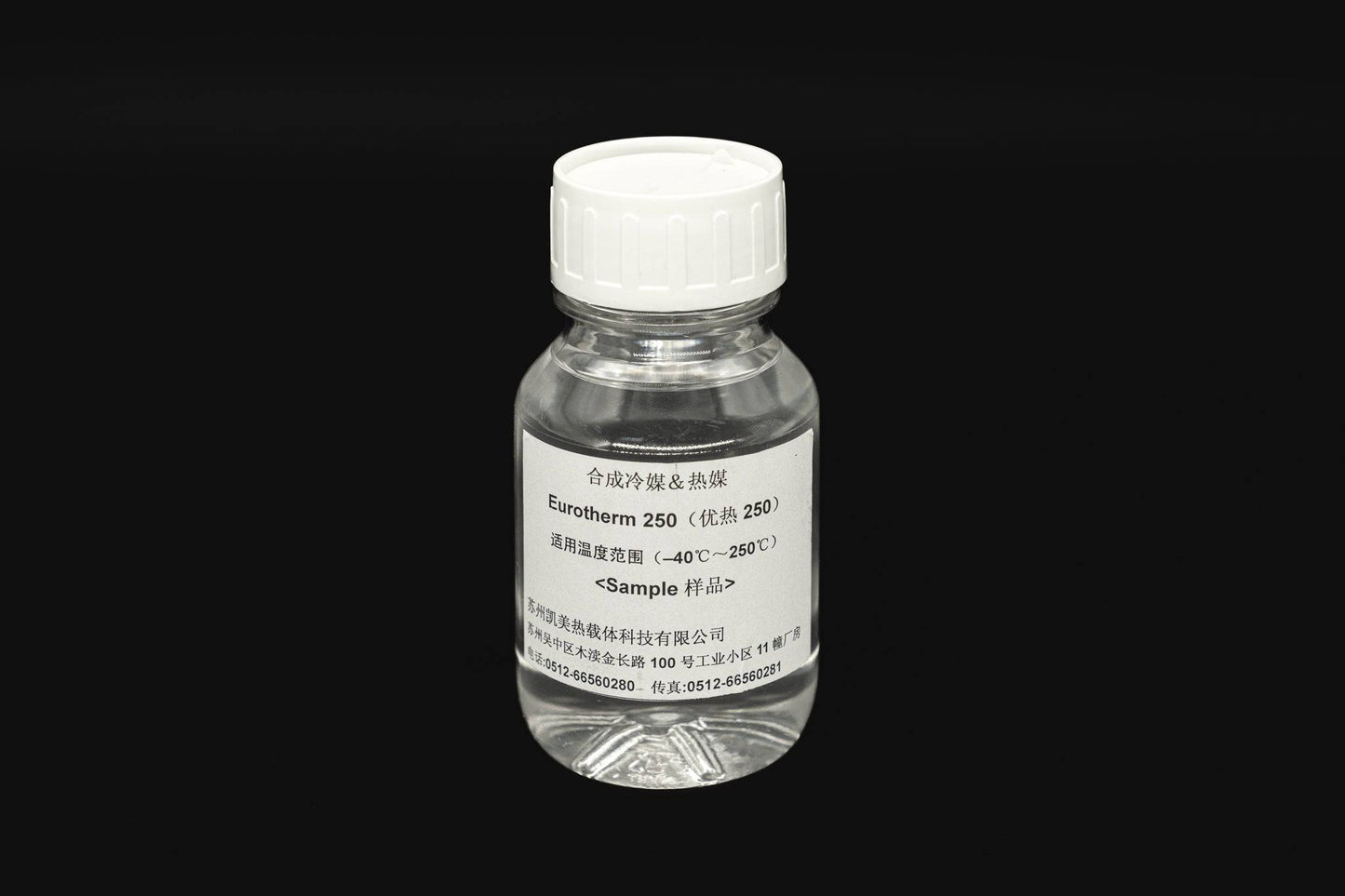The Only Guide to Chemie
The Only Guide to Chemie
Blog Article
Little Known Questions About Chemie.
Table of ContentsThe Best Guide To ChemieAn Unbiased View of ChemieGetting The Chemie To WorkUnknown Facts About ChemieThe Greatest Guide To Chemie4 Simple Techniques For Chemie
By Bojanna Shantheyanda, Sreya Dutta, Kevin Coscia and David SchiemerDynalene, Inc. Liquid air conditioning, which can be accomplished making use of indirect or direct ways, is utilized in electronic devices applications having thermal power densities that might exceed risk-free dissipation with air cooling. Indirect fluid air conditioning is where warm dissipating electronic components are physically divided from the liquid coolant, whereas in situation of direct cooling, the elements are in straight call with the coolant.However, in indirect cooling applications the electric conductivity can be important if there are leaks and/or splilling of the liquids onto the electronic devices. In the indirect cooling applications where water based liquids with corrosion preventions are normally used, the electrical conductivity of the liquid coolant generally relies on the ion focus in the liquid stream.
The rise in the ion focus in a shut loophole liquid stream might take place because of ion leaching from metals and nonmetal elements that the coolant fluid is in call with. During procedure, the electrical conductivity of the fluid may increase to a degree which can be unsafe for the cooling system.
An Unbiased View of Chemie
(https://www.reverbnation.com/artist/chemie)They are bead like polymers that are qualified of exchanging ions with ions in a service that it touches with. In the existing job, ion leaching tests were done with numerous metals and polymers in both ultrapure deionized (DI) water, i.e. water which is treated to the highest possible degrees of purity, and low electric conductive ethylene glycol/water mix, with the determined modification in conductivity reported in time.
The samples were enabled to equilibrate at space temperature for two days before tape-recording the preliminary electrical conductivity. In all examinations reported in this research fluid electrical conductivity was measured to an accuracy of 1% using an Oakton CON 510/CON 6 series meter which was calibrated prior to each dimension.
The 2-Minute Rule for Chemie
from the wall surface home heating coils to the center of the heater. The PTFE sample containers were put in the heating system when steady state temperature levels were reached. The examination configuration was removed from the furnace every 168 hours (7 days), cooled down to area temperature with the electric conductivity of the liquid measured.
The electric conductivity of the liquid sample was kept track of for an overall of 5000 hours (208 days). Schematic of the indirect shut loophole cooling down experiment set-up. Components made use of in the indirect closed loop cooling experiment that are in call with the liquid coolant.

The Main Principles Of Chemie
The modification in fluid electrical conductivity was kept an eye on for 136 hours. The liquid from the system was gathered and saved.

0.1 g of Dowex resin was contributed to 100g of liquid samples that was absorbed a different container. The blend was stirred and change in the electrical conductivity at room temperature was measured every hour. The determined modification in the electrical conductivity of the UP-H2O and EG-LC test fluids containing polymer or steel when involved for 5,000 hours at 80C is shown Number 3.
Chemie for Dummies
Figure 3. Ion seeping experiment: Calculated change in electrical conductivity of water and EG-LC coolants consisting of either polymer or metal examples when submersed for 5,000 hours at 80C. The outcomes suggest that metals added less ions into the fluids than plastics in both UP-H2O and EG-LC based coolants. This might be as a result of a slim steel oxide layer which may work as an obstacle to ion leaching and cationic diffusion.
Liquids having polypropylene and HDPE showed the most affordable electric conductivity modifications. This could be due to the short, rigid, straight chains which are less most likely to contribute ions than longer branched chains with weak intermolecular pressures. Silicone likewise executed well in both examination liquids, as polysiloxanes are typically chemically inert because of the high bond energy of the silicon-oxygen bond which would certainly avoid deterioration of the material right into the liquid.
Chemie Fundamentals Explained
It would certainly be expected that PVC would certainly produce comparable outcomes to those of PTFE and HDPE based on the similar chemical structures of the products, nevertheless there might be various other contaminations present in the PVC, such as plasticizers, that may affect the electric conductivity of the fluid - immersion cooling liquid. Additionally, chloride groups in PVC can likewise leach right into the examination fluid and can trigger an increase in electric conductivity
Buna-N rubber and polyurethane showed signs of deterioration and thermal decomposition which suggests that their possible utility as a gasket or glue product at higher temperature levels might lead our website to application issues. Polyurethane entirely disintegrated right into the test fluid by the end of 5000 hour test. Figure 4. Prior to and after images of metal and polymer samples immersed for 5,000 hours at 80C in the ion seeping experiment.
Calculated adjustment in the electrical conductivity of UP-H2O coolant as a function of time with and without material cartridge in the shut indirect cooling loophole experiment. The determined change in electrical conductivity of the UP-H2O for 136 hours with and without ion exchange resin in the loophole is shown in Figure 5.
Report this page